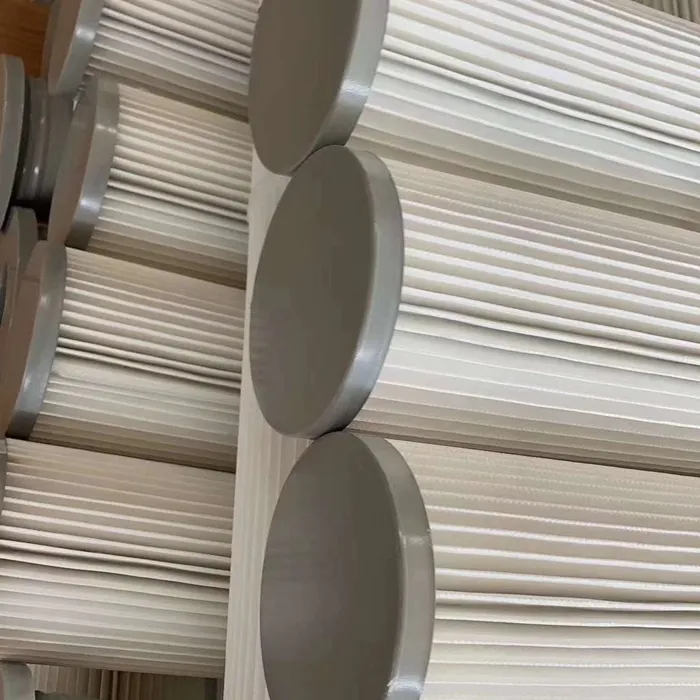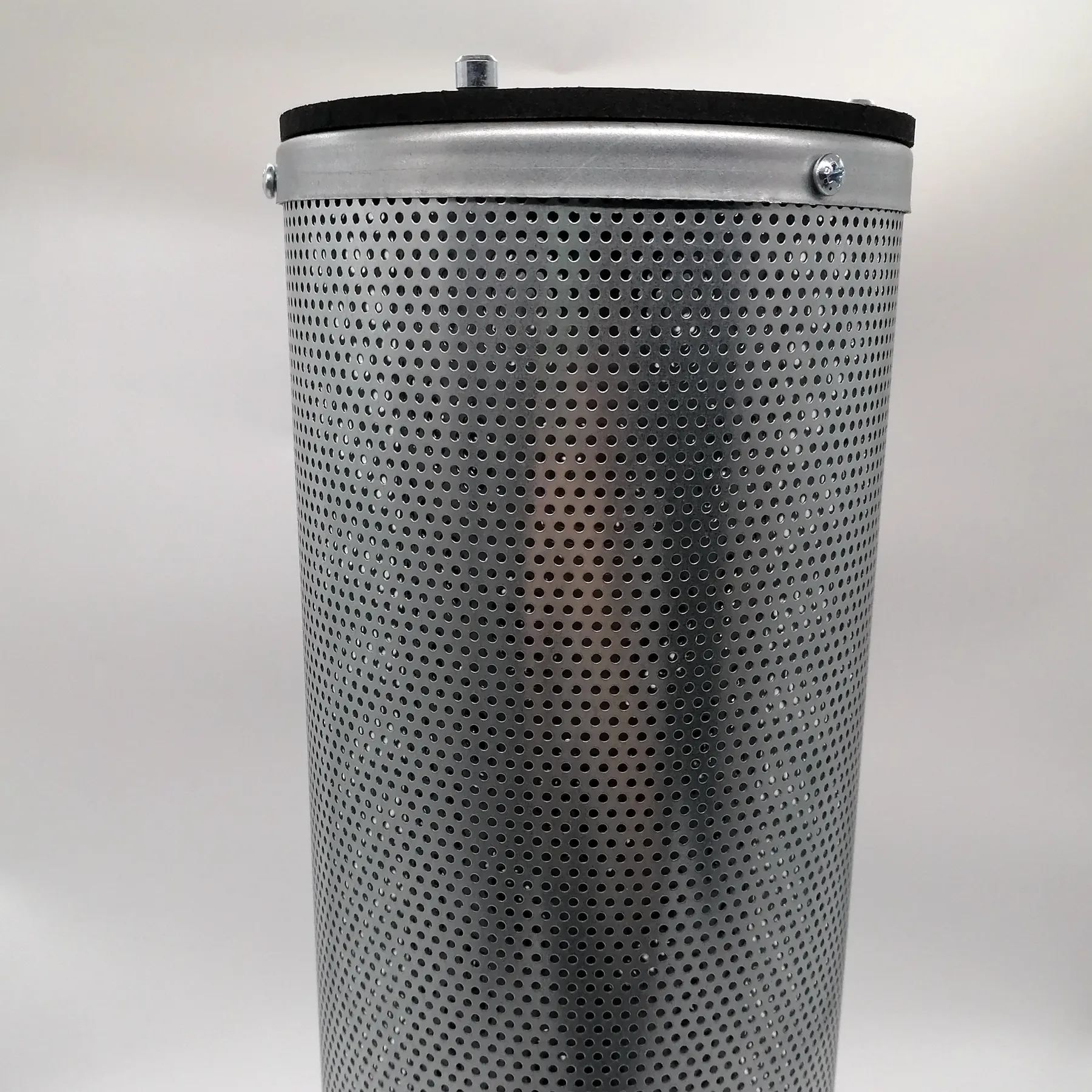 Tel:
+8618931101301
Tel:
+8618931101301
Οκτ . 22, 2024 08:24 Back to list
High-Efficiency Stainless Steel Filter Element for Optimal Filtration Solutions
Exploring Stainless Steel Filter Elements A Comprehensive Overview
In today's industrial landscape, filtration plays a crucial role in maintaining product quality and process efficiency. Among the various types of filter elements available, stainless steel filter elements have gained significant popularity due to their durability, reliability, and versatility. This article delves into the characteristics, advantages, applications, and maintenance of stainless steel filter elements.
Understanding Stainless Steel Filter Elements
Stainless steel filter elements are designed to remove contaminants from liquids and gases in a wide range of applications. Made from corrosion-resistant stainless steel, these filters offer exceptional mechanical strength and can withstand high temperatures and pressures. The material composition typically includes chromium and nickel, which enhance the alloy’s resistance to oxidation and rust, making it ideal for various industrial environments.
Characteristics and Types
One of the defining characteristics of stainless steel filter elements is their excellent filtration efficiency. They are available in various pore sizes, ranging from coarse to fine, allowing for the removal of particles of different dimensions. Common types of stainless steel filter elements include wire mesh filters, sintered filters, and perforated plate filters. Each type employs a unique manufacturing process and offers specific benefits
1. Wire Mesh Filters These filters are made by weaving fine strands of stainless steel to form a mesh. They are ideal for coarse filtration and can be easily cleaned and reused, making them cost-effective over time.
2. Sintered Filters Manufactured by compacting and heating stainless steel powder, sintered filters provide a consistent pore structure and high filtration efficiency. They are particularly beneficial for fine filtration applications and can handle high flow rates.
3. Perforated Plate Filters These filters consist of a solid plate with a pattern of holes designed to allow fluid flow while blocking larger particles. They offer robust filtration solutions for applications requiring structural integrity under pressure.
Advantages of Stainless Steel Filter Elements
The application of stainless steel filter elements comes with several key advantages
- Durability Stainless steel’s inherent strength provides significant resistance to wear and tear, ensuring that filter elements can withstand harsh conditions and prolonging their lifespan.
- Corrosion Resistance The stainless steel alloy is resistant to various chemicals, making these filters suitable for diverse applications, including food and beverage processing, pharmaceuticals, and chemical manufacturing.
stainless steel filter element

- Heat Resistance Stainless steel filters can function effectively at elevated temperatures, making them ideal for applications where heat is a factor, such as in oil and gas extraction
.- Ease of Cleaning Unlike disposable filters, stainless steel filter elements can be easily cleaned and reused, resulting in lower operational costs and reduced waste generation.
- Customizability Stainless steel filter elements can be manufactured to meet specific requirements, including various shapes, dimensions, and filtration grades, allowing for tailored solutions in unique applications.
Applications of Stainless Steel Filter Elements
Stainless steel filter elements find application across various industries, including
- Oil and Gas Used for filtering drilling fluids, lubricants, and other process fluids to prevent equipment damage and ensure operational efficiency.
- Food and Beverage Employed in the filtration of liquids, such as beer and wine, to remove impurities and enhance product quality while meeting stringent hygiene standards.
- Pharmaceuticals Critical for filtering raw materials and finished products to safeguard against contamination and ensure compliance with regulatory standards.
- Chemical Processing Used to separate solids from liquids, protect equipment, and improve product purity in demanding chemical environments.
Maintenance and Care
To ensure longevity and optimal performance, proper maintenance of stainless steel filter elements is essential. Routine inspections should be conducted to assess the integrity of the filters, and cleaning should be performed based on the manufacturer's recommendations. Techniques such as backwashing or ultrasonication may be utilized to remove accumulated debris without damaging the filter structure.
Conclusion
Stainless steel filter elements represent a crucial component in achieving efficient and reliable filtration across various industries. Their unique characteristics, advantages, and applicability make them an indispensable choice for businesses aiming to optimize their processes while ensuring product quality. As industries continue to evolve and face new challenges, the demand for durable and effective filtration solutions like stainless steel filter elements is likely to grow significantly.
-
The truth about washable filters: Does repeated use really not affect efficiency?NewsJun.25,2025
-
Effect of humidity on the performance of activated carbon filter elementsNewsJun.24,2025
-
Material selection considerations for dust removal filter elements under high temperature conditionsNewsJun.23,2025
-
Cold knowledge of air filters: Why are some designed to be pleated?NewsJun.16,2025
-
Factory direct supply! High-precision air filter element wholesale and customizationNewsJun.12,2025
-
A complete analysis of the practical value of activated carbon filtersNewsJun.10,2025

 Email:
Email:





